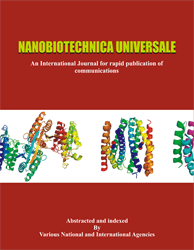Formulation, development and optimization of Pediatric lozenges for medicinal purposes
P. P. Chinchole1 , Satnam Kaur Khemani2 , Ajay Kumar Shirsat3*, Prachi Kabra4 , Manisha Pande5 , S. D. Pawar1 , M. B. Narkhede1 and Rashid Azeez6
1Dr Rajendra Gode College of Pharmacy, Malkapur-443101 2Department of Pharmaceutics, DY Patil deemed to be University school of pharmacy, Navi Mumbai: 400706 3*Vishwabharati Academy’s College of Pharmacy, Ahmednagar-414201 4Ideal College of Pharmacy, Kalyan (E), Thane: 421306 5Shri Chhatrapati Shahu Maharaj Shikshan Sanstha’s Institute of Pharmacy, Maregaon, Dist-Yavatmal: 445303 6KBHSS trust institute of Pharmacy and Research center, Bhayegaon, Malegaon camp, Dist Nashik Corresponding Author3*: Ajay Kumar Shirsat, Vishwabharati Academy’s College of Pharmacy, Ahmednagar-414201 Email : ajayshirsat76@gmail.com
ABSTRACT
Oral dose forms have a number of advantages over other types of dosage. They are both cost-effective and safe for the patient. They are suitable for any patient, regardless of age. Oral dosing types have their own set of drawbacks. If a patient suffers from chronic vomiting, they are not the first option of medication. They are not a good option for patients who are unwilling to cooperate, such as children and newborns. They are not appropriate in an emergency or for individuals who are unconscious1 Physicians found morphine and heroin in the 19th century, which inhibit coughing at its source the brain. Smith Brothers Cough Drops, first advertised in 1852, and Luden’s, first advertised in 1879, were two popular formulas at the time.
